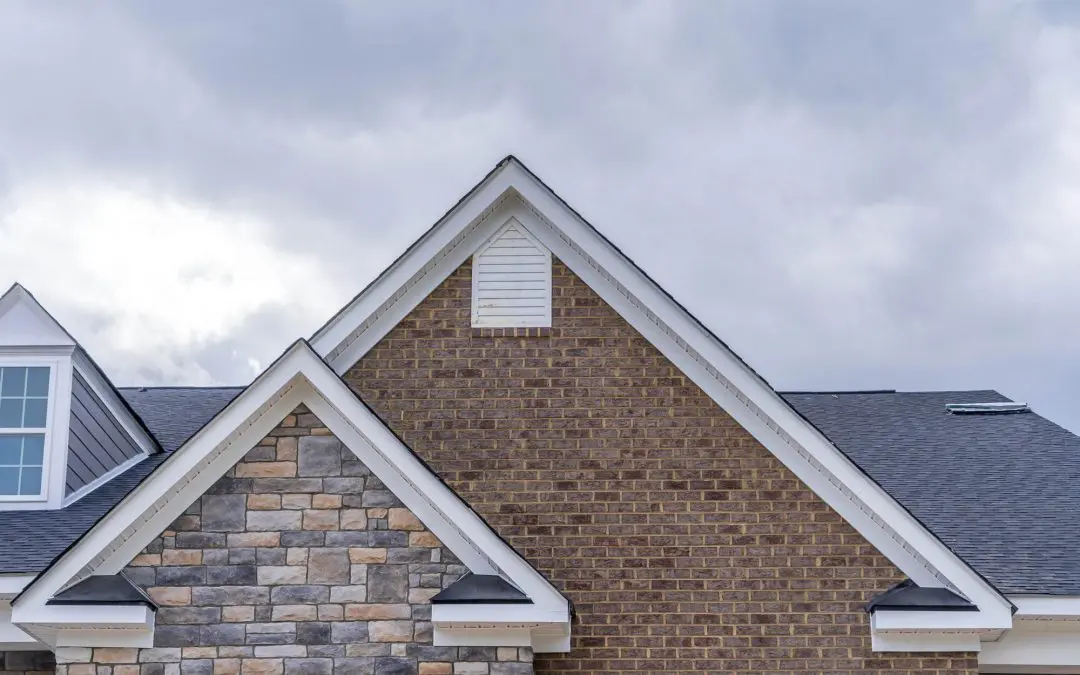If you’re like most homeowners, you probably don’t think too much about attic ventilation. But attic ventilation is an important part of your home’s airflow. It helps keep your home cool in the summer and prevents moisture damage in the winter.
In this article, we’ll discuss attic ventilation and what you need to know about it.
Attic Ventilation Basics
Attic ventilation is the process of exchanging air in your attic with fresh air from the outside. This helps keep your attic cooler in the summer and helps prevent dampness and mold.
There are two types of attic ventilation: intake vents and exhaust vents. Intake vents bring fresh air into your attic, while exhaust vents expel stale air from your house.
Types of Intake Vent
Intake vents are commonly installed on the soffit using soffit vents. They work by allowing cool air to enter your attic through the bottom. Avoid blocking them when adding insulation to the attic.
You can also add gable vents, which are installed on the side of the house at a high point. Gable vents can even act as intake and exhaust vents if the wind is blowing in a certain direction.
Types of Exhaust Vents
The most common type of exhaust vent is the ridge vent. They are installed along the ridge of the roof and allow hot air to escape.
You can also install static vents which run along the roofline. These work best when they’re located close to the ridge. These vents aren’t decorative so many homeowners prefer to install them at the back of the property.
Attic Conversions and Rafter Vents
Roof vents and gable vents stop being useful if you have converted your attic into an additional living space. If this is the case, install rafter vents instead as these will not affect the aesthetics of your attic. Narrow gaps let fresh air in from the soffit vents.
How to Check Your Attic Ventilation
If you are not sure whether or not your attic is properly vented, there are a few things you can look for:
- Wet spots on the insulation or ceiling below the attic. This could be a sign of poor ventilation and that warm, moist air is being allowed into the attic.
- Ice on the eaves in winter is a sign that your attic is not well ventilated.
- Excessive condensation on windows or walls in winter could be another sign of poor ventilation.
Attic ventilation is important to keep your attic cool and dry. Proper intake and exhaust vents are essential. If you are experiencing any of the issues mentioned in this article, it is time to have a professional assess your attic ventilation system.
TUFF Home Inspections provides home inspection services to New Jersey. Contact us to make an appointment.

